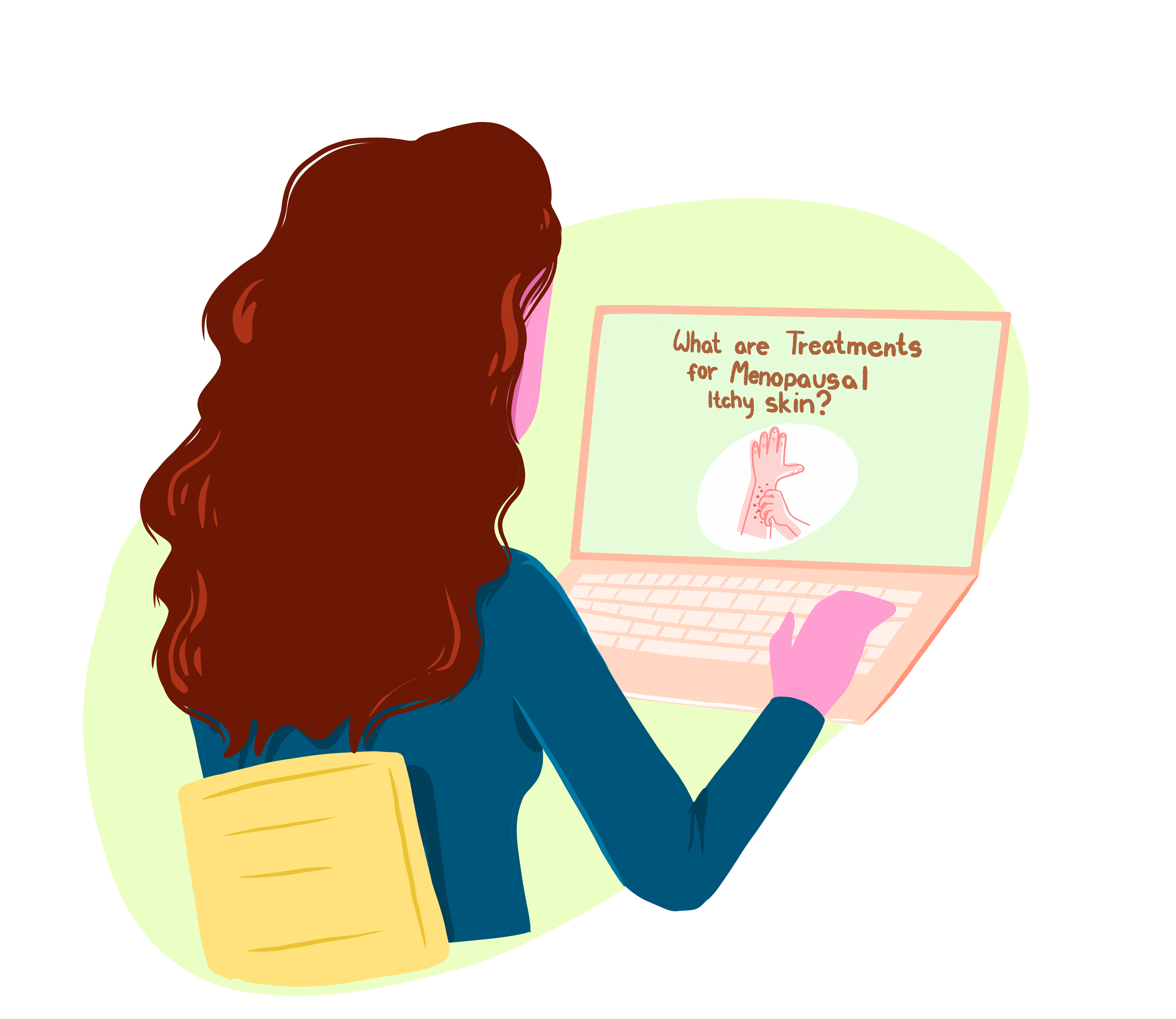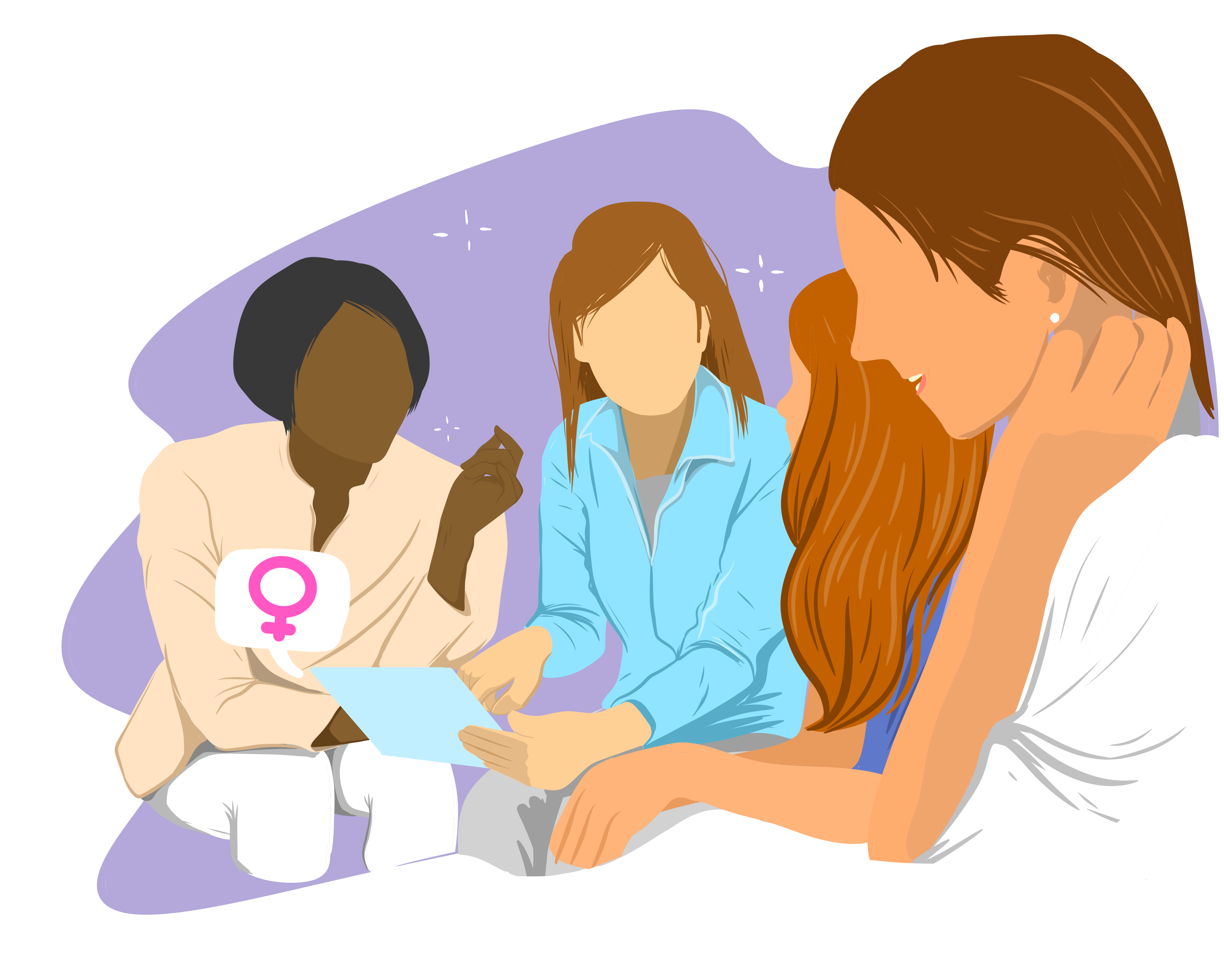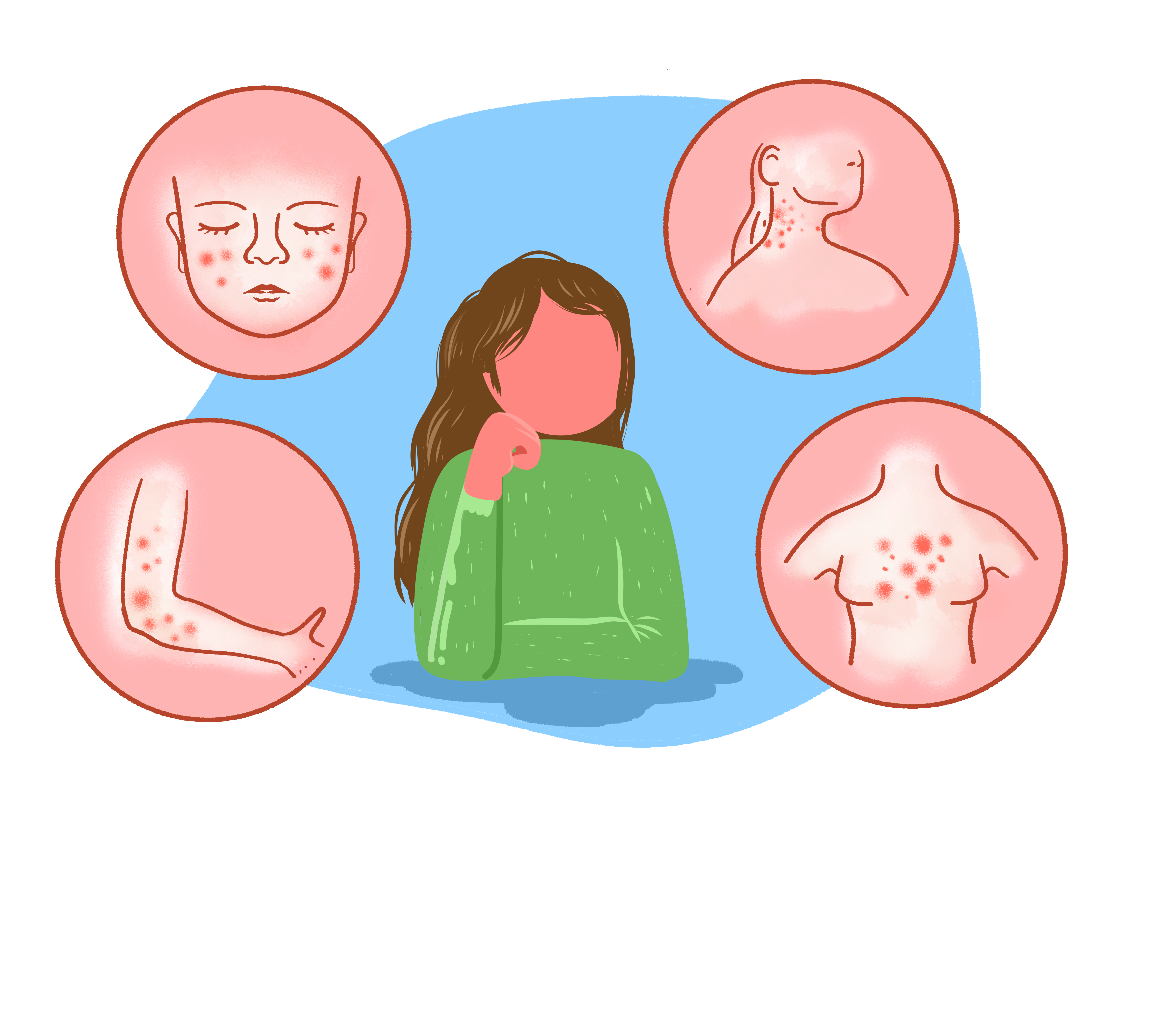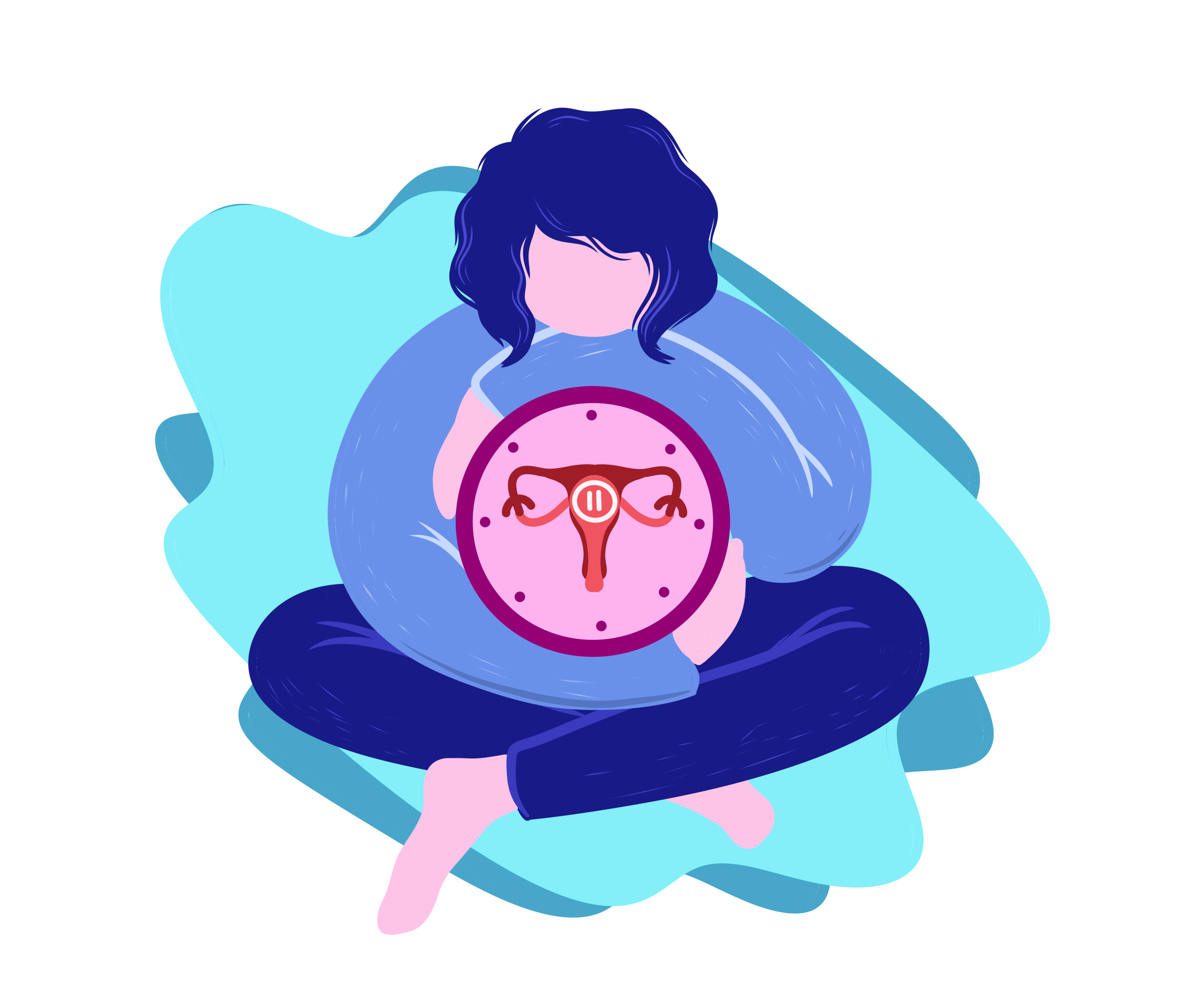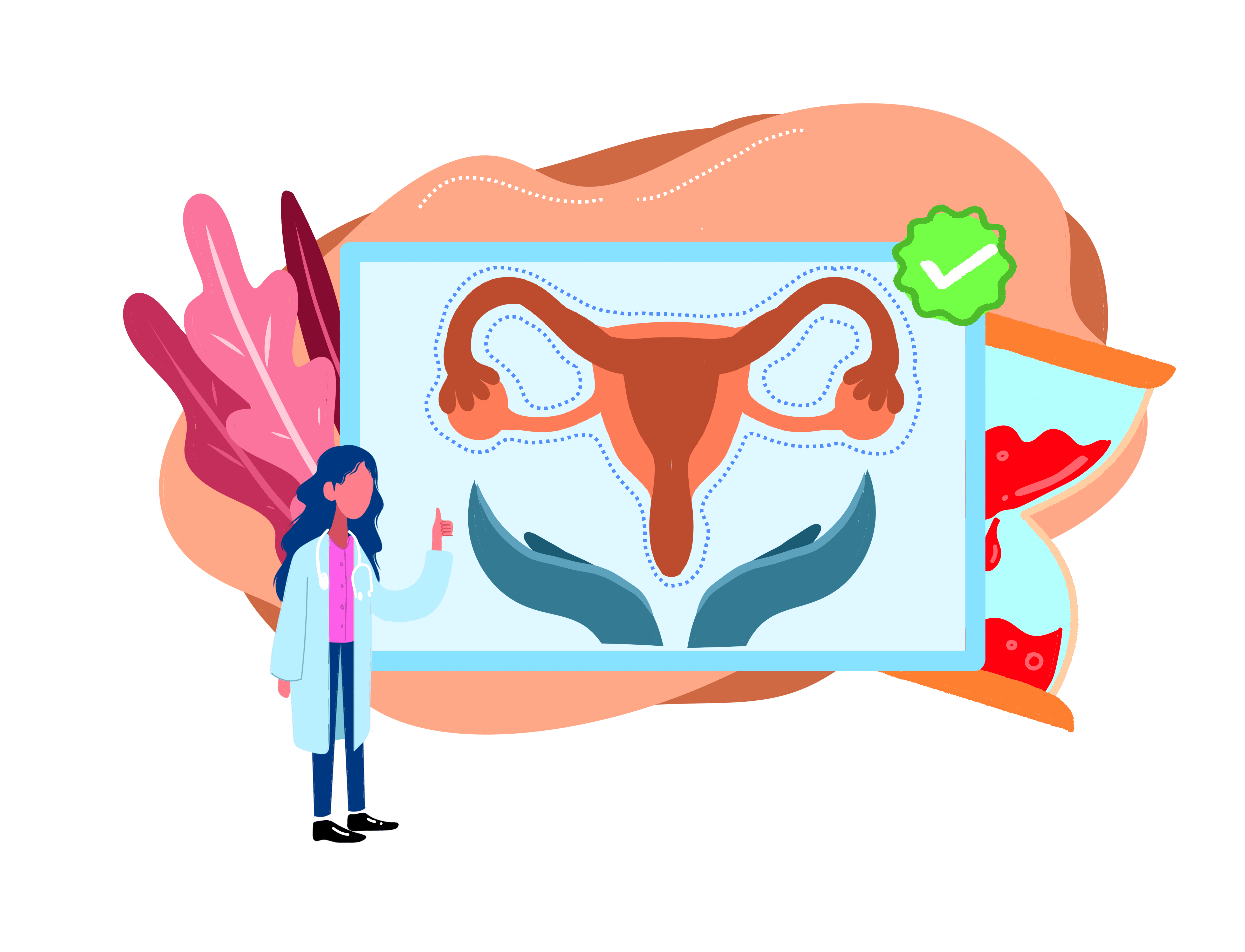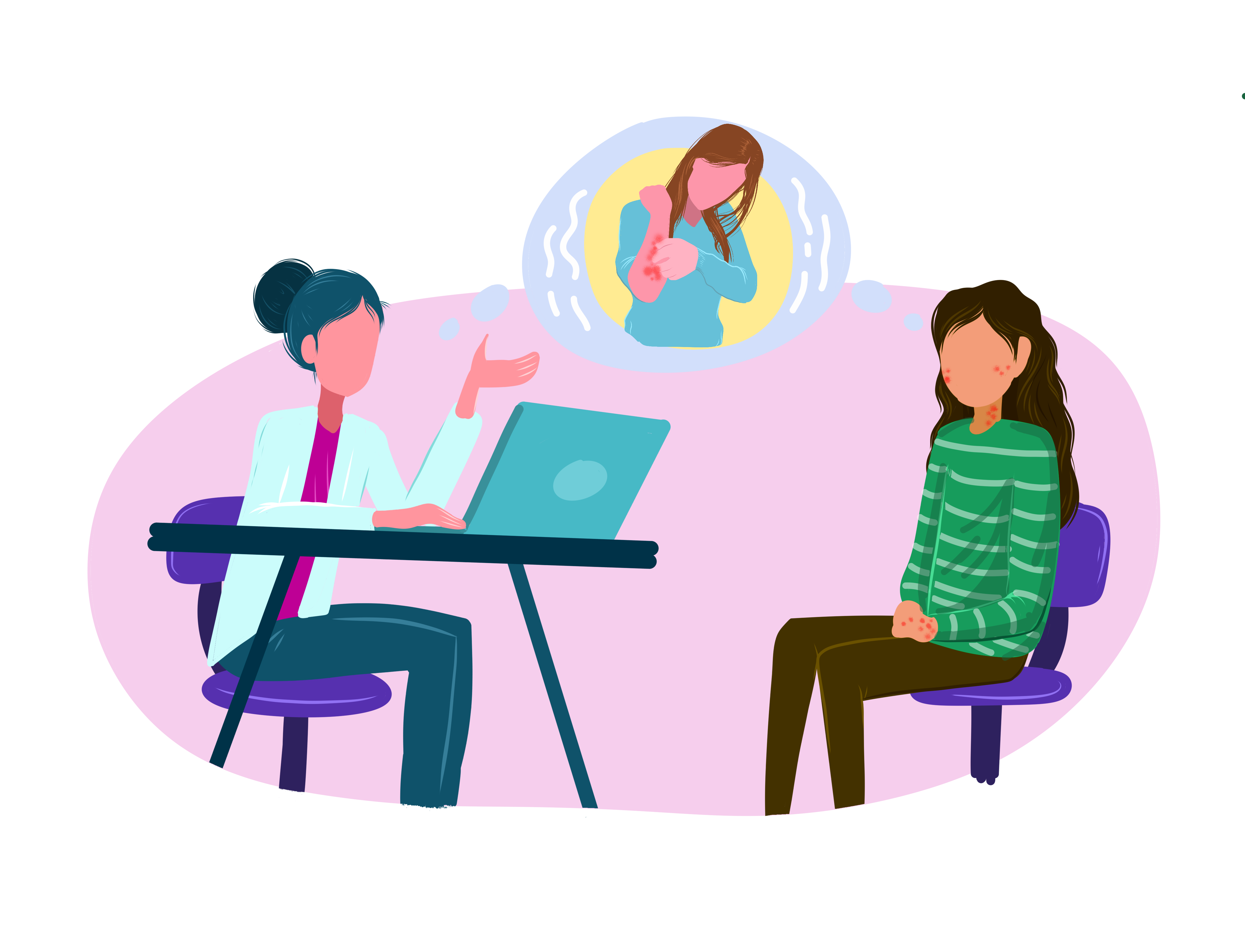Itchy skin during menopause is known clinically as “pruritus” and is caused by a reduction in oestrogen throughout the menopausal stages. As oestrogen levels fall, so does collagen formation, which is essential for skin health.
Women going through menopause stages frequently have itchy skin that is reported as feeling prickly, crawly, and like pins and needles. Treatments such as HRT can minimise the negative effects and provide relief from these symptoms of menopause.
Throughout this article we’ll cover this symptom in a lot more detail to help you understand the causes and solutions, and to ideally help you with what you may be experiencing.
What is Menopausal Itchy Skin?
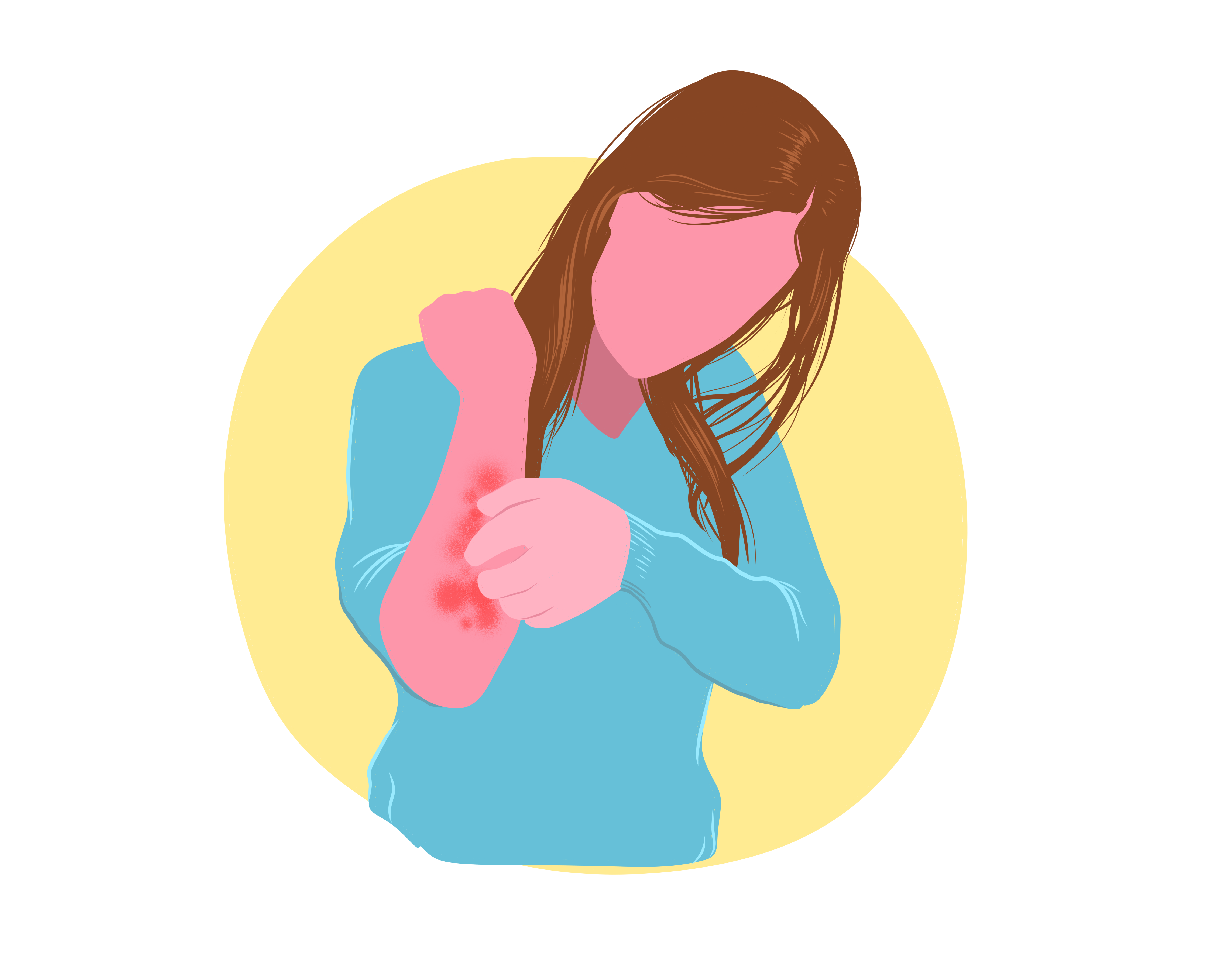
Menopausal itchy skin, also known as “pruritus,” is a sensation of irritation and discomfort that causes an urge to scratch that is widely reported by women going through menopause. Pruritus is the primary skin concern in women older than 65 years. The fluctuation in oestrogen levels can lead to dryness, reduced collagen production, and changes in the skin’s elasticity, which lead to the sensation of itchy skin.
Itchy skin during menopause can affect numerous parts of the body, such as the face, neck, chest, vagina, and limbs, making daily activities and sleep increasingly difficult for those who suffer from it. During this stage, it is often characterised by dryness, redness, flaking, and general sensitivity, and the skin is more vulnerable to irritants and normal wear and tear.
Direct repercussions include reduced barrier function, lower lipid levels, and diminished natural oils on the skin’s surface, laying the groundwork for understanding the deeper causes and mechanisms of this irritating condition. If you’re having this kind of symptom, reach out to us at OMC so we can help you with your problem.

